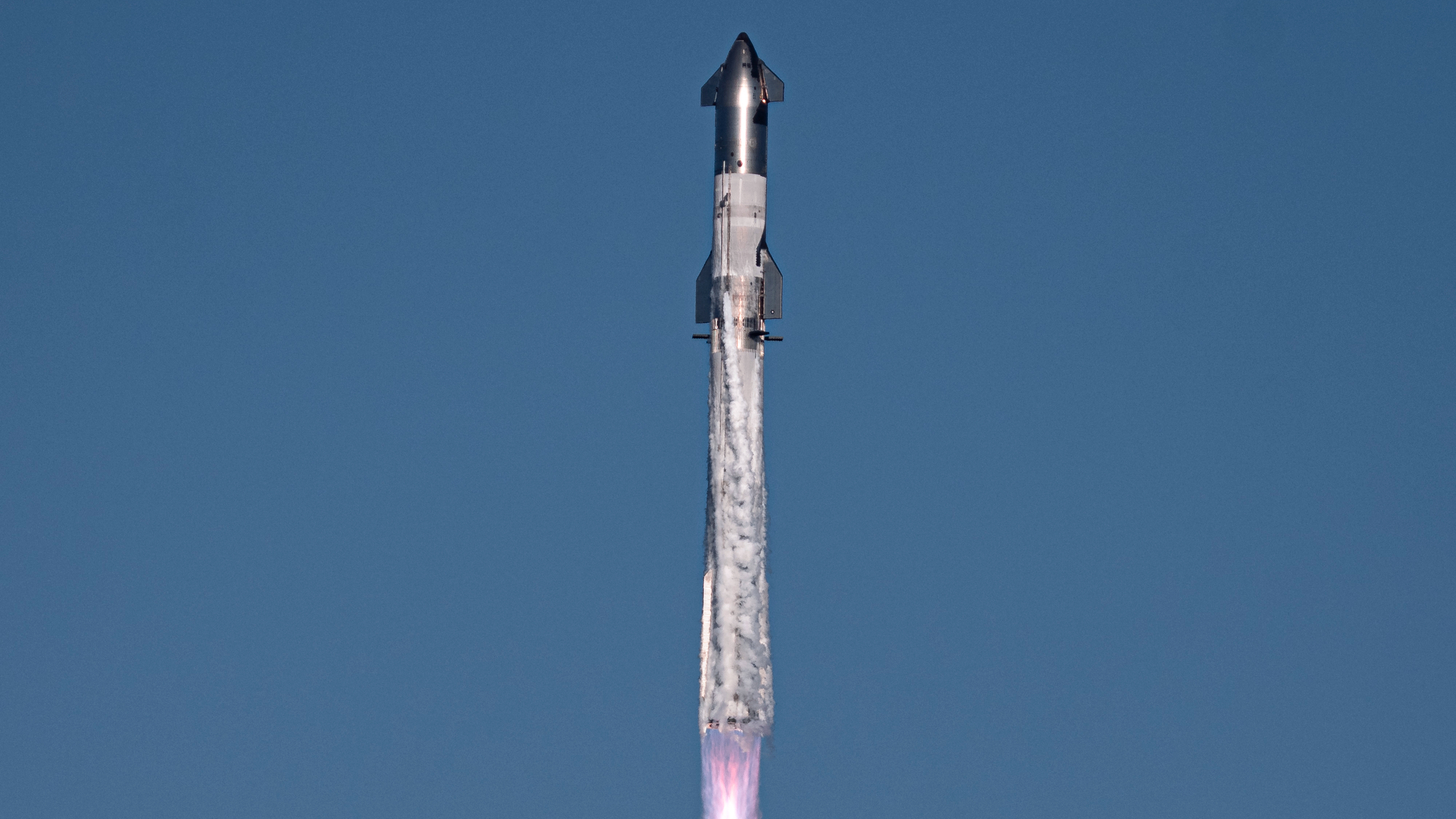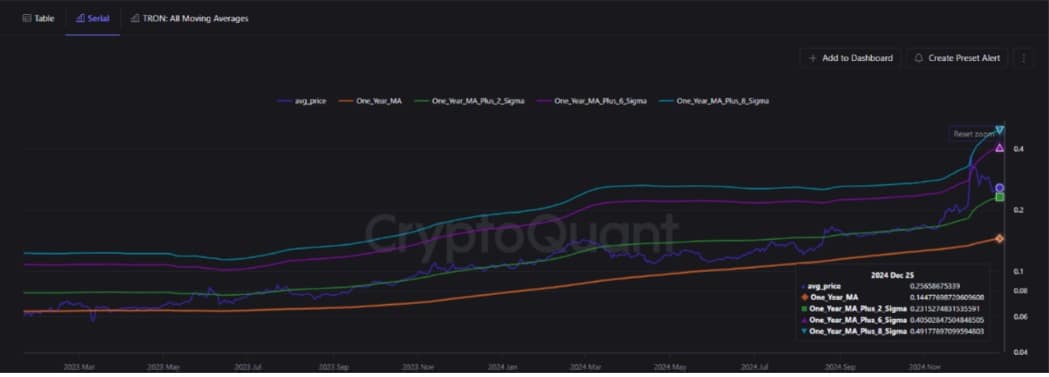WASHINGTON (AP) — According to Chair Jerome Powell, the Federal Reserve is still planning to decrease interest rates three times this year, with the initial cut likely to happen as early as May. In an interview with the CBS news program “60 Minutes” recorded on Thursday, Powell also affirmed that the nation’s job market and economy are robust and there are no signs of an imminent recession. He stated, “I do think the economy is in a good place, and there’s every reason to think it can get better.”
Powell’s statements largely echoed his remarks from a news conference on Wednesday, following the Fed’s decision to maintain its key interest rate at about 5.4%, a level not seen in 22 years. To combat inflation, the Fed had raised its benchmark rate 11 times starting in March 2022, leading to significantly higher costs for consumer and business loans.
The Fed chair further reiterated that a rate cut in March, during the central bank’s next meeting, was likely too premature. Most economists anticipate the first cut to come in May or June.
As inflation continues to decrease steadily, nearly all of the 19 members of the Fed’s policy-setting committee agree that reductions in the central bank’s key rate will be warranted this year, Powell mentioned in the “60 Minutes” interview. Lowering this rate would help lessen the expenses of mortgages, auto loans, credit cards, and other consumer and business borrowings. In December, Fed officials indicated their anticipation of three rate cuts in 2024, aiming to reduce the benchmark rate to about 4.6% by the end of the year. Powell mentioned that this forecast likely still represents policymakers’ perspectives. Inflation, as measured by the Fed’s preferred gauge, dropped to 2.6% in December compared with a year earlier. In the second half of 2023, inflation was calculated at an annual rate of 2%, meeting the Fed’s target level, which showed a significant decline from the peak of 7.1% in the summer of 2022.
Powell attributed the inflation surge from 2021-2022 to the pandemic-related disruptions, including a shift in spending from services, such as restaurant meals, to goods, like home office furniture and exercise equipment. Concurrently, the COVID-19 pandemic shuttered or slowed down factories worldwide, causing severe disruptions in supply chains and widespread shortages of goods and components. Both trends, Powell remarked, contributed to the acceleration of inflation. Powell admitted in the interview that the Fed misjudged the duration of the resulting inflation, which it repeatedly predicted would be short-lived. As he had mentioned previously, he stated that the central bank had been too slow in raising its key rate, which could have helped to slow borrowing and spending. Inflation started to spike in mid-2021, but the Fed did not begin to raise rates until March 2022. Powell acknowledged, “So in hindsight, it would’ve been better to have tightened policy earlier.” He added, “I’m happy to say that … We thought that the economy was so dynamic that it would fix itself fairly quickly, and we thought that inflation would go away fairly quickly without an intervention by us.” At his news conference on Wednesday, Powell indicated the likelihood of rate cuts this year but emphasized that further proof of inflation being under control was needed. “It’s not that we’re looking for better data — it’s just that we’re looking for a continuation of the good data that we’ve been getting,” he remarked. “We just need to see more.”
On the same day, Powell acknowledged the strength of the U.S. economy and noted that inflation had slowed without the sharp rise in unemployment and weak growth that many economists had suggested would be necessary to cool consumer demand and slow price increases. “We’ve got six months of good inflation data and an expectation that there’s more to come,” Powell said. “So this is a good situation. Let’s be honest. This is a good economy.” Other Fed officials have expressed caution regarding the possibility of rate cuts, particularly after a government report on Friday revealed unexpected job growth in December, indicating that businesses remain confident enough in the economy to increase their workforce. Michelle Bowman, a member of the Fed’s Board of Governors, stated on Friday that when it becomes clear that inflation is under control, it would eventually be appropriate to cut rates. “In my view,” she said, “we are not yet at that point.”













